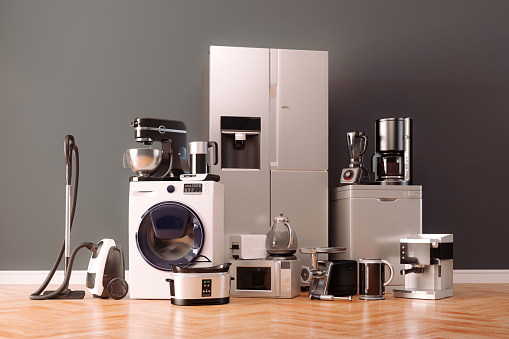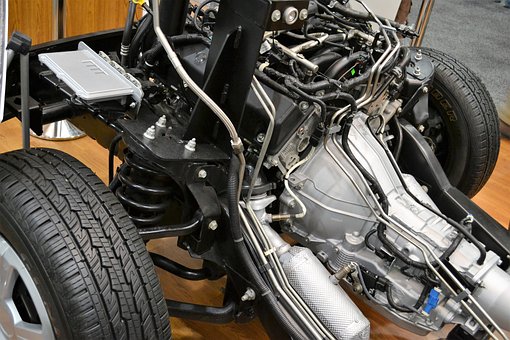Commonly used plastic types such as PP, PE, PC, POM, etc. are relatively limited, however, their modified products, alloy products are very many kinds!

Polymer alloy, is a conforming material composed of two or more polymer materials. Due to the increasing demand for modified materials and different types of requirements, in order to better and more widely meet the needs of customers, alloy materials with different properties and different performance are developed by means of modification and are widely used in the market.
1、PC/ABS alloy:
Currently, ABS materials in the market have good surface hardness and gloss, but when applied to LED TV bezels, digital product housings, etc., the gloss, brightness, surface hardness, scratch resistance and abrasion resistance are slightly inadequate. PC/ABS is the most mature alloy material, which retains most of the mechanical properties of PC material and improves the poor fluidity of PC material. Meanwhile, halogen-free flame retardant PC/ABS material is currently used in OA systems, such as laser printers, inkjet printers, fax machines, notebook computers, digital toys, etc. PC/ASA has more good weather resistance compared to PC/ABS and is more suitable for outdoor products.

2、Polyester alloy:
Polyester alloys contain PC/PBT, PC/PET, PBT/PET, and PBT/ASA alloys. Among them, PC/PBT, PC/PET, PBT/PET combine the fluidity performance and mechanical properties of the materials in the alloy and have good processing performance, in addition, PC/PBT and PC/PET have good chemical solvent resistance; PBT/ASA materials have good weather resistance and anti-late warping performance, and are widely used in high temperature exit grilles, solar street light sunshades and other materials with PBT/ASA materials have good weather resistance and anti-late warpage properties, and are widely used in high temperature grilles, solar street light shades and other fields with many holes, complex structures and high requirements for dimensional stability.

3、PPO alloy:
Due to its excellent hydrolysis resistance, PPO is used in a large number of mechanical and automotive water structure parts. However, due to its poor fluidity, it can only be used for small structural parts, which greatly limits its application. We have developed PPO/PA and PPO/PBT alloys, which make PPO and nylon polyester have good compatibility, improve the fluidity of PPO, improve the toughness and rigidity of the material, and also improve the warpage of the crystalline material, so that the alloy is widely used in large parts such as automobiles and motorcycles.

4、PPS alloy:
PPS material due to its special molecular structure, making the material in many complex and high rigidity requirements of the parts are widely used, but it is due to its superior rigidity, making its toughness is poor, in order to make PPS can well compensate for these problems, our company developed for this feature PPS / PA, PPS / LCP and other high-end alloy materials, both to ensure the rigidity of PPS at the same time, and greatly improve the toughness and crystalline properties of PPS, making its overall performance greatly improved, more widely used. And greatly improve the toughness and crystalline properties of PPS, making its overall performance greatly improved, more widely used.











